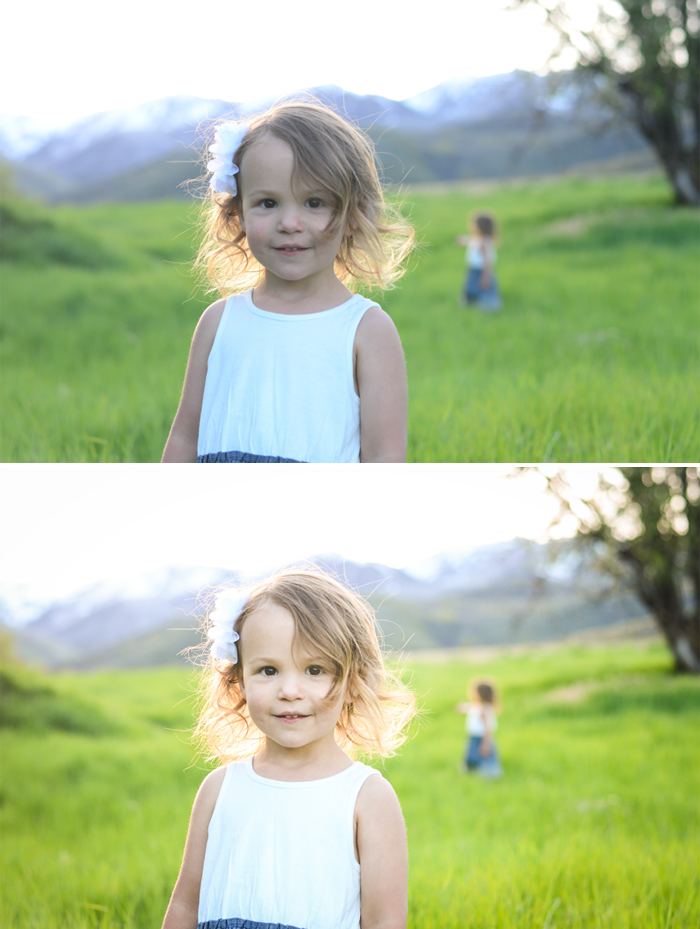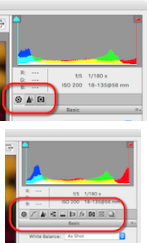Below the histogram you'll see your crop tool, a spot removal tool (to fix blemishes or remove things from your photo), a red eye tool, your graduated filter tool, and your local adjustment brush. This brush is useful to brighten/darken certain areas of your image, among other adjustments to specific areas! I use this often to brighten up faces.
Here's a quick breakdown of your basic toolbar. You can change your image to black and white, adjust your white balance, exposure, contrast, saturation, etc.











